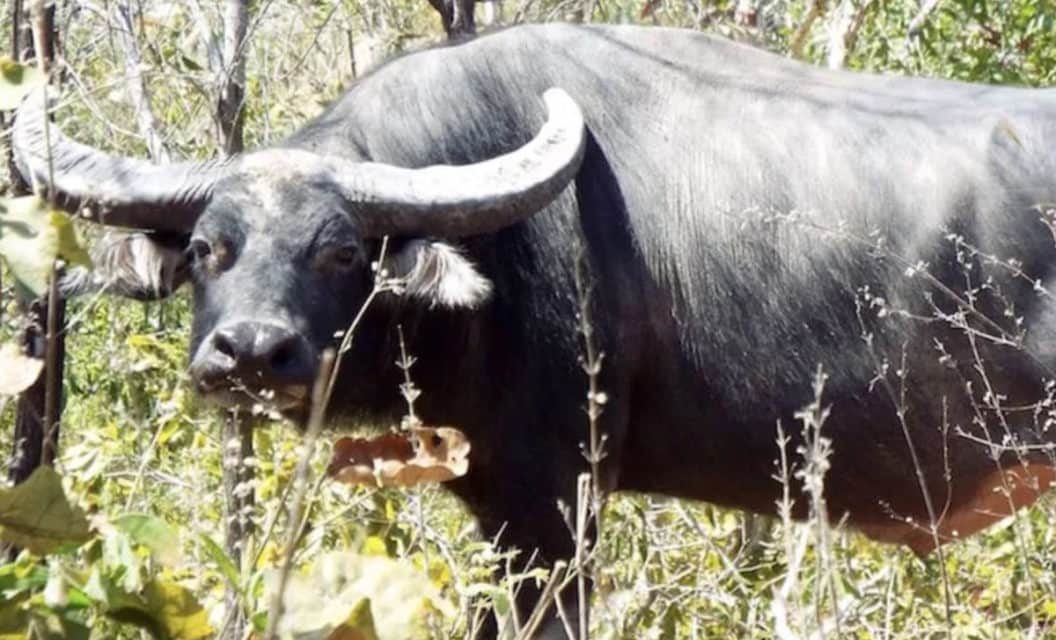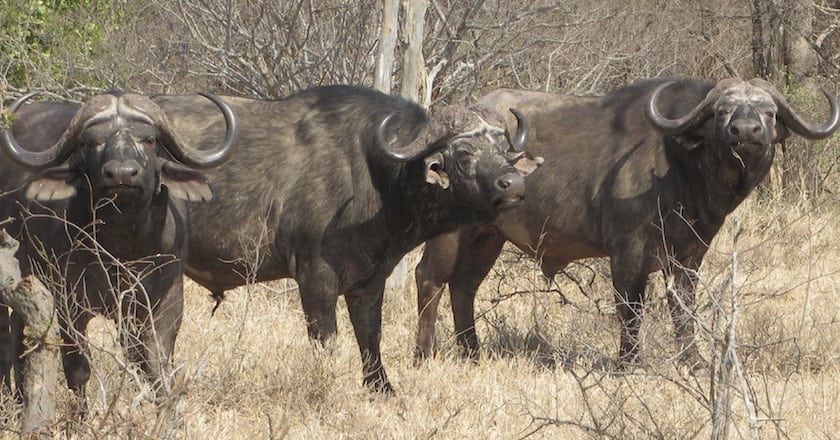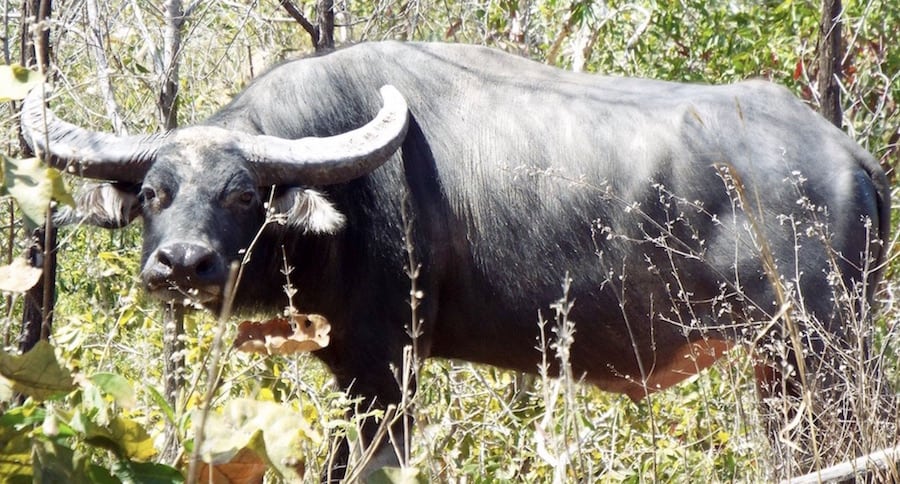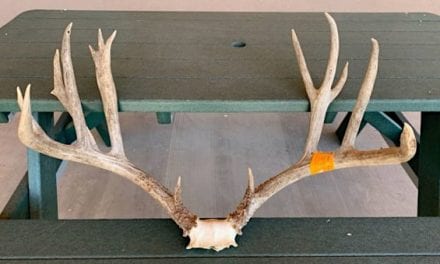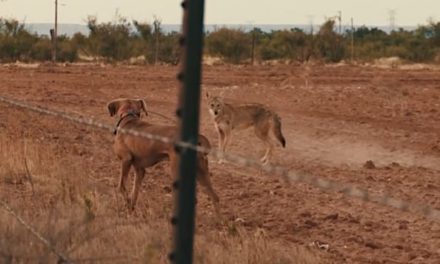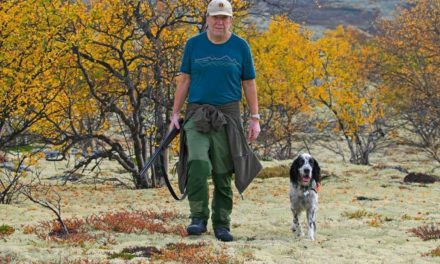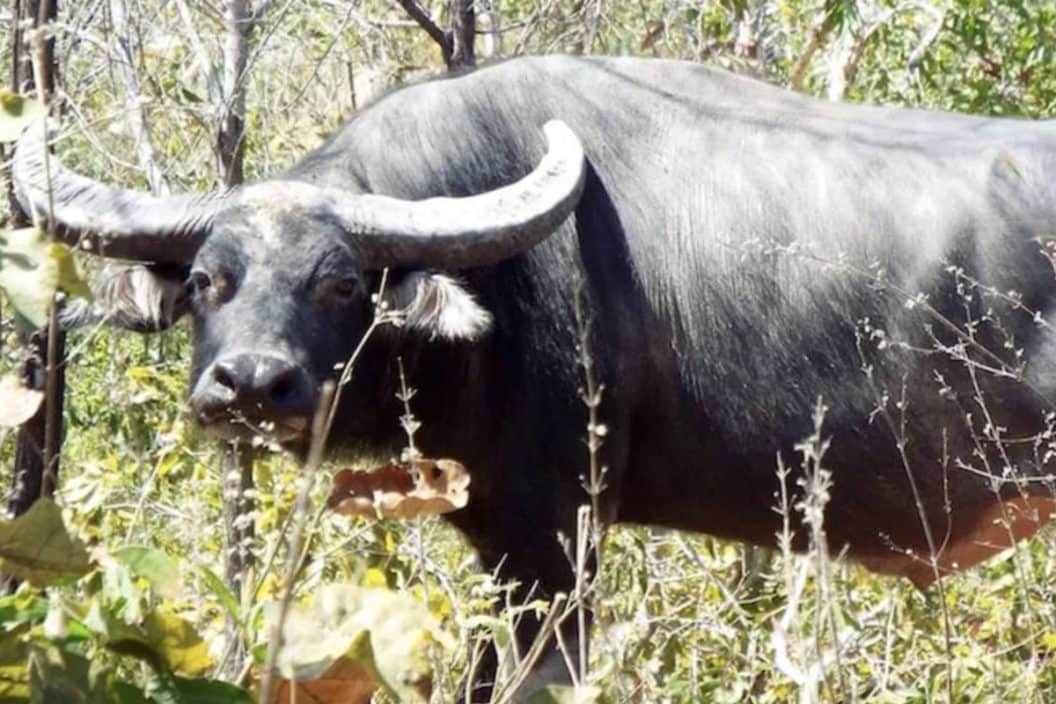
Here are a few ways you can easily identify both the Cape buffalo and the water buffalo.
Cape buffalo and water buffalo are right up there with red deer and elk as far as frequently confused animals go. However, they’re two completely different buffalo species in the Bovidae family that aren’t nearly as closely related to each other as elk and red deer, for example.
Fortunately, once you know how to spot the differences between Cape buffalo and water buffalo, it’s pretty simple to identify each.
Both are bovines, and both look remarkably similar in photos, but there are plenty of distinct differences you can detect upon closer examination, as well as differences in their range of distribution and preferred habitat.
Before trying to identify one or the other, it’s worth noting these are two very different animals. Educate yourself now so you’re able to properly differentiate between the two.
Cape Buffalo
We’ll start with the Cape buffalo (Syncerus caffer). Also known as the African buffalo, these animals inhabit much of southern and eastern Africa. While a few different subspecies of African buffalo do exist, the Cape buffalo is by far the most common and best known. Among other African countries, Cape buffalo herds roam parts of Kenya, Tanzania, Mozambique, Zambia, Zimbabwe, Botswana, Namibia and South Africa.
Average size varies, but mature Cape buffalo bulls typically weigh 1,000-2,000 pounds. As you can see in the photo below, Cape buffalo have dark brown or black coats. Bulls also have very large, solid horns that grow downward before curving back up. Older bulls also have a distinctive “boss” on their forehead.
Water Buffalo
Sometimes referred to as the Asian water buffalo or the Asian buffalo, water buffalo originated in South Asia. During the past several thousand years, humans have domesticated these animals. Domestic and feral buffalo populations now live all over Asia as well as parts of the Middle East, Europe, South America, Africa, the South Pacific and Australia.
Interestingly enough, biologists now consider domestic water buffalo (Bubalus bubalis) and wild water buffalo (Bubalus arnee) to be two separate, though closely related species. Wild water buffalo are an endangered species mainly confined to various national parks in India these days. On the other hand, domestic feral water buffalo are quite common.
With an average body size ranging from 1,000-2,600 pounds, Water buffalo are the third largest species in the Bovidae family (behind Gaur and American Bison). They have relatively dark skin and a dark black coat. Their horns grow straight out of the sides of their head and curve upwards and backwards.
Similarities
Both animals are popular targets for hunters. Indeed, feral water buffalo are considered an invasive pest in some countries. Australia in particular is known for outstanding water buffalo hunting in the Northern Territory. The same goes for Cape buffalo in countries like Mozambique, South Africa, Tanzania and Zimbabwe.
They can also both be pretty dangerous animals. Cape buffalo in particular are known for their aggression and for charging hunters. After all, they’re a member of African Big Five species of dangerous game for a reason. All things considered, water buffalo are probably slightly less dangerous than Cape buffalo, but they can still ruin your day in a hurry if you’re not careful.
Additionally, both species are dependent on water to a certain degree. Water buffalo generally inhabit much wetter and more swampy areas. On the other hand, Cape buffalo can survive in the savannas and grasslands of Africa as long as they can drink water each day. Even so, tourists commonly see Cape buffalo and water buffalo in and around water. So, just because a buffalo is standing in a river or a pond doesn’t mean it’s a water buffalo.
Differences
The way their horns grow is one of the biggest differences between Cape buffalo and water buffalo. If the animal has a boss or the horns curl sharply downward, then you’re looking at a cape buffalo.
Location is another easy way to tell Cape buffalo and water buffalo apart. Aside from a few game ranches in the United States, Cape buffalo only live in Africa. A buffalo virtually anywhere else in the world outside of a zoo is virtually guaranteed to be a water buffalo.
Finally, unlike water buffalo, humans have never managed to domesticate African Cape buffalo. For that reason, you’ll never see a Cape buffalo plowing a field or pulling a cart.
Now that you can use buffalo horns to identify the two different species, you shouldn’t have any problem keeping them straight.
Like what you see here? Check out John McAdams on his hunting blog. Learn more about the New Zealand Hunting packages Big Game Hunting Adventures offers on their web site or follow them on Facebook, YouTube, & Instagram.
READ MORE: THE BIG LIST OF WHERE TO HUNT IN NEW ZEALAND
The post How to Tell the Difference Between Cape Buffalo and Water Buffalo appeared first on Wide Open Spaces.

